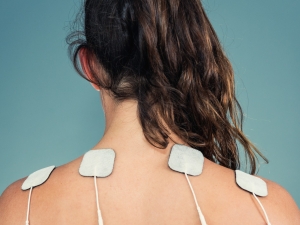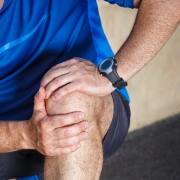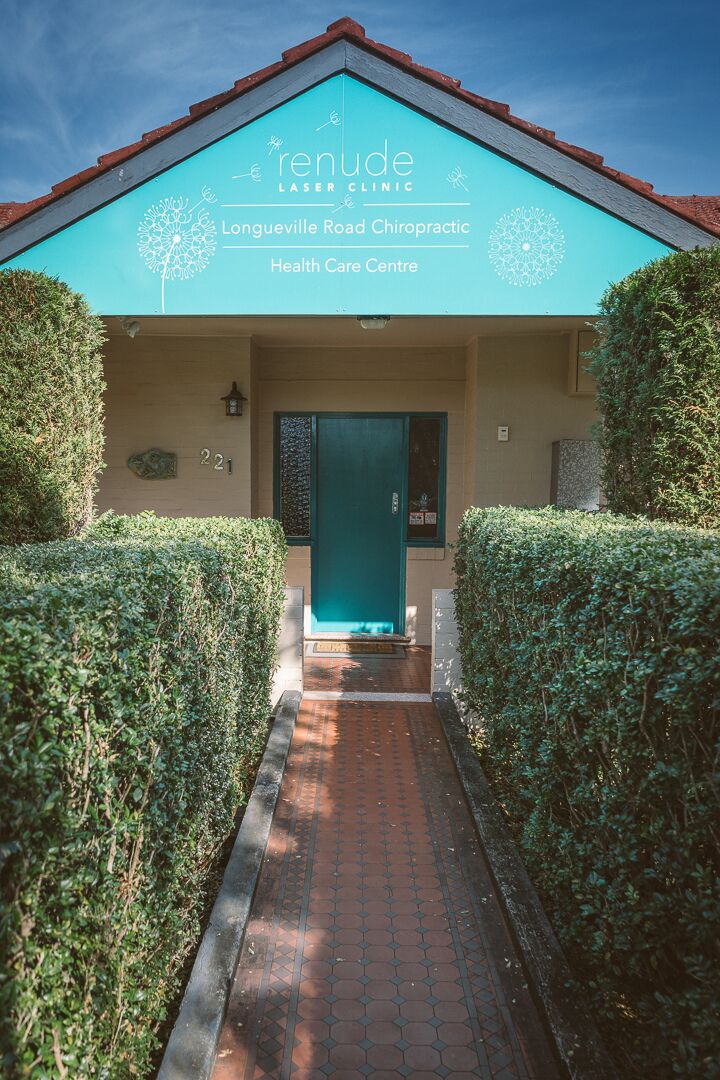The Vagus Nerve – Is This The Answer To Pandemic Exhaustion And Blues?
Pandemic Stress comes in different forms for many people including some great financial stress, and fear of the unknown. For others with secure work, the pressures of jumping in and out of zooms and greater work demands I have witnessed for many. Managing children and home-schooling, keeping the house running, being separated from loved ones and hearing depressing media announcements can take a toll. Holidays are long overdue, and people are exhausted. But what happens when tiredness turns into exhaustion which does not seem to resolve no matter how much rest you have?
We have 12 cranial nerves which connect the brain to the rest of our body and are vitally important to communicate sensory information such as smells, all sensations and sight to the brain. They are also important in sending messages for motor control such as the movement of muscles and the functioning of different glands. The vagus nerve, number 10 of 12, is the longest cranial nerve that extends all the way to the colon, the “super highway” connecting many organs and coordinating information between them. Heart, lungs, throat, taste sensation behind the tongue, movement of muscles that aid in swallowing and talking, movement of the digestive tract, gut-brain axis communication, coordinating the production and release of certain neurotransmitters (mood) and hormones plus it is the primary control of the parasympathetic nervous system.
The Big Reveal!
The rest and digest mode the vagus nerve provides with stimulation is crucially important to our general wellbeing
- The slowing of heart rate
- Decreasing blood pressure
- Slowing breathing
- Increasing digestion
The vagus nerve is negatively impacted by stress, including emotional and physical trauma, bacterial and/or viral infections and it loves social connection, which we have all sadly missed. The good news is that the latest research suggests we can easily tap into the vagus by transcutaneous stimulation- being able to calm the body and even help with issues of constipation, irritable bowel syndrome and dyspepsia due to the digestive tract association as well as symptoms such as anxiety and depression.
Other methods to stimulate our vagus are by diaphragmatic breathing, cold water emersion and even singing or humming. It is also about reducing our cortisol levels, or stress response which includes finding moments to find calm in our lives and having a slow breakfast instead of racing to do something. Long distance vision is also important- looking around instead of spending hours focused on a screen even doing some yoga if that’s your thing.
Transcutaneous Auricular Vagus Nerve Stimulation
Currently, there are already implantable devices approved for depression and epilepsy. Non-surgical devices have been approved in Europe for epilepsy, depression and pain and approval has also been given in America for the treatment of cluster headaches. The method is called Transcutaneous Auricular (ear) Vagus Nerve Stimulation. The vagus nerve is stimulated by placing TENS machine clips on specific points on the ear. It is a gentle tapping sensation utilised for 10-30 minutes.

TENS treatment in physical therapy – electrodes placed onto patient’s shoulders. Ear attachement is not demonstrated in this photo
Chronic Fatigue Syndrome
There appear to be connections with Chronic Fatigue Syndrome and the vagus nerve. Organs can potentially be harbouring a latent form of certain viruses such as Herpes, Epstein Barr and Cytomegaly viruses. When viruses are reactivated, our body launches an attack to disarm them requiring glial cells that are designed to protect the vagus nerve. The response is a feeling of being under the weather such as tiredness, feeling wiped out, achy and struggling to concentrate often complicated by sleep disturbance. All of this can lead to the invisible Chronic Fatigue Syndrome (CFS). Officially there are nine signs and symptoms of CFS which are:
- Fatigue
- Loss of memory or concentration
- Sore throat
- Enlarged lymph nodes in the neck or armpit
- Unexplained muscle pain
- Headaches of a new type including patterns and severity
- Pain that moves around to different joints without swelling or redness
- Unrefreshing sleep
- Extreme exhaustion lasting more than 24 hours after physical or mental exercise
There are other potential triggers for CFS that your doctor might need to identity including hormonal issues, an overload of environmental toxins such as mould and poor immune system response. To fight off an underlying infection, your immune system needs to be firing on all cylinders.
It is always important to remove inflammation from your body and support your immunity wherever you can which always includes a good diet and exercise.
The information in this article is not intended to diagnose, treat, cure, or prevent any disease state or medical condition. This is not intended to replace any recommendations by or relationship with your doctor.












